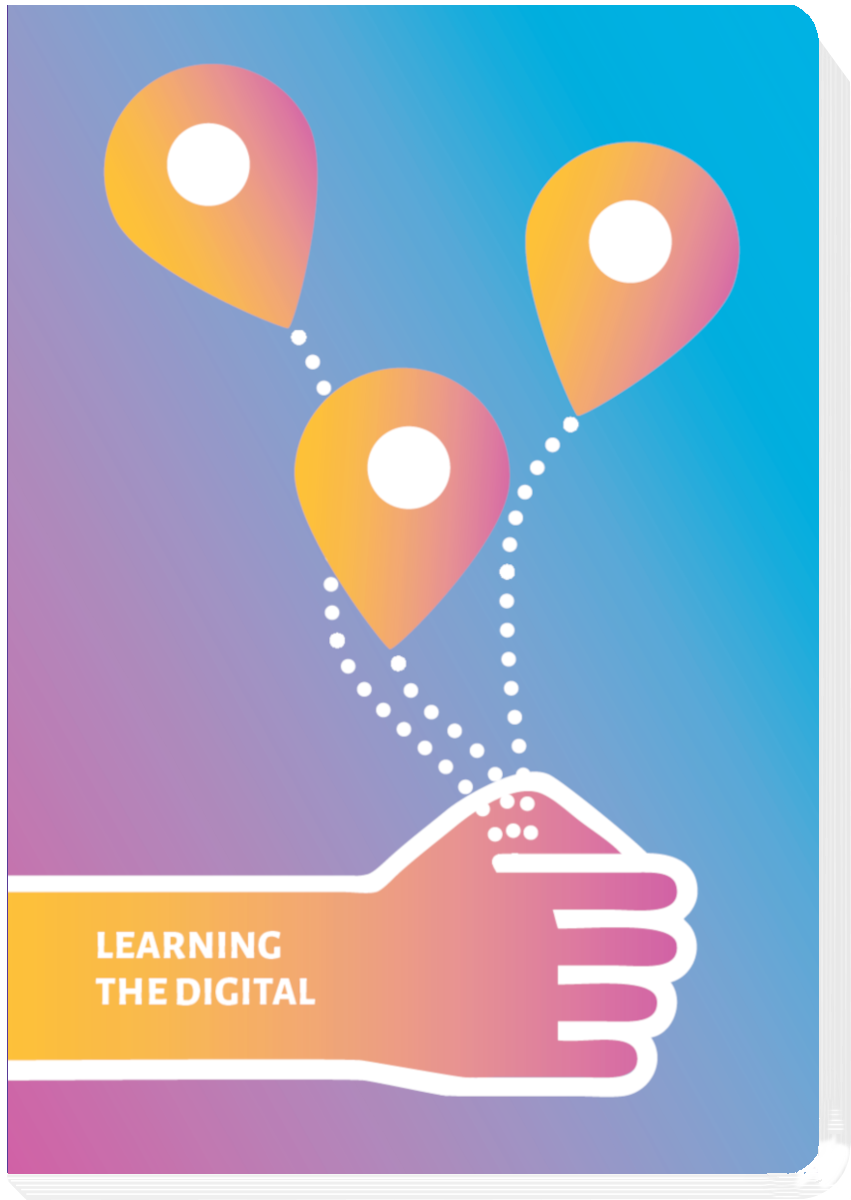Contents
Goals
- Learn about an individual approach to the quantified self.
- Understand the personal and social impact of widespread QS technologies.
Steps
1. Introduce the personas presented in the article Tracking us: Quantified self and elaborated by Meidert et al. (2018).
A research team from Switzerland identified these typical users of quantified self technology. Which one(s) describes your tracking or body measurement habits?
- Anna, the sporty user: Age: 19, single, no children, student; Hobbies: running (marathon), winter sports, singing; Motive: optimize running. She wants to train optimally and prepare for her training goal. Otherwise she does not track at all.
- Tamy, the tech-savvy user: Age: 38, computer scientist, married, no children; Hobbies: gaming, geocaching; Motive: Is curious about technology, what it offers and how it can be used. He enjoys tracking. He expects to improve the achievement of his goals.
- Tamara, the diabetic user: Age: 24, single, no children, student; Hobbies: yoga, traveling, theatre group; Motive: chronic illness, she tracks because she has to.
- Gustavo, the critical non-user: Age: 40, historian, divorced, one child; Hobbies: reading, music; Motive: deliberately does not track, because he does not want his data to be accessible to others. Does not want to know too much about himself, but rather live according to his feelings.
- Claudia, the frequent tracker: Age: 35, married, one child, media worker; Hobbies: inline skating, cooking; Motive: lose weight. Measures many parameters systematically and derives knowledge from them. She wants to be aware of things based on numbers.
- Conrad, the step-counter: Age: 68, widowed, two adult children, retired, former sales manager; Hobbies: walking, yachting, yodel choir; Motive: tracks steps to move more and stay fit in the long run. Uses a pedometer to reach his daily step goal.
2. Ask participants to position themselves.
frequent tracker non-tracker
- Where do they place their use of trackers on a continuum of frequent trackers to non-trackers?
3. Exchange in smaller groups:
- What type of quantified self are you?
- Where and how do you measure yourself/are you tracked?
- What is the positive, negative or ambivalent outcome?
- Where do you see challenges, dangers, potentials?
Reflection
From a user perspective: impact on health, body image, social relations. How does it change your (self) perception, physis, relations to others?
Empowerment through technology? In the context of learning for active citizenship te question is coming to the forefront to what extent these practice empower and enable their users/our learners?
How do data and analysis of your body help you in regard to...
| +5 | +3 | 0 | -3 | -5 | |
|
Improving abilities and competences? |
|||||
|
Solving problems? |
|||||
|
Participation and acting as an autonomous and self-determined person? |
|||||
|
Gaining control and power over your data (traces) and devices? |
From a platform perspective: unique personal data. How is it stored, shared, processed? What do you know about the quality of the analytical models? Were you able to “cheat” the system?
From a societal perspective: who has an interest in access to such health data of citizens? What would be a legitimate interest? Should widespread tracking data be used for systems like health insurance? Do we define and judge (un)healthy behaviour differently? What advantages or disadvantages do those face who do not participate?
References
- Tracking us: Quantified self
- Meidert, U.; Scheermesser, M.; Prieur, Y.; Hegyi, S.; Stockinger, K.; Eyyi, G.; Evers-Wölk, M.; Jacobs, M.; Oertel, B.; Becker, H. (2018). Quantified Self – Schnittstelle zwischen Lifestyle und Medizin. TA-SWISS Band 67. https://doi.org/10.3218/3892-7
Nils-Eyk Zimmermann
Editor of Competendo. He writes and works on the topics: active citizenship, civil society, digital transformation, non-formal and lifelong learning, capacity building. Coordinator of European projects, in example DIGIT-AL Digital Transformation in Adult Learning for Active Citizenship, DARE network.
Blogs here: Blog: Civil Resilience.
Email: nils.zimmermann@dare-network.eu
Variation: With the eyes of a criminal investigator
Include a look into the participants’ personal data. Many platforms offer analysis going back many years. Log in and look with the eye of a criminal investigator at your profile. Can you identify anything that may be interpreted as suspicious? Something extraordinary? Would it be acceptable for you if somebody else would had access to this data?







